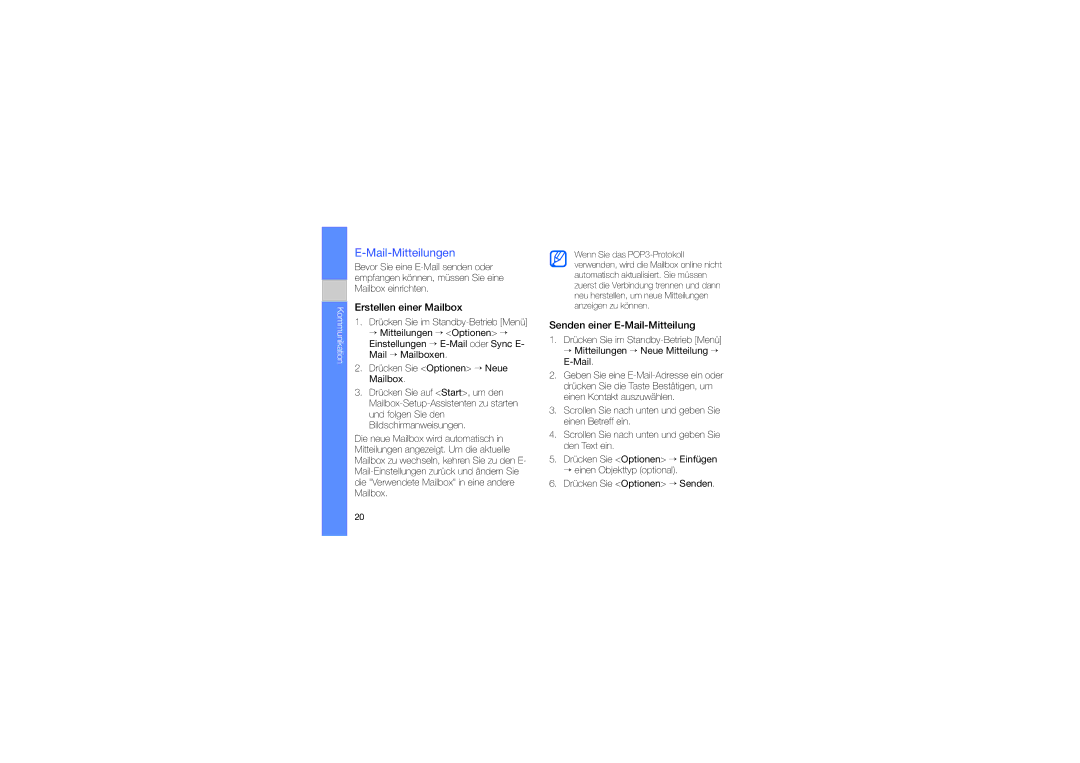GT-I8510LKDDBT, GT-I8510LKADBT, GT-I8510LKKDBT, GT-I8510AABDBT, GT-I8510AAADBT specifications
The Samsung GT-I8510, commonly known as the Samsung Innov8, is a smartphone that was launched in 2008. It was a significant device for its time, featuring a blend of advanced technology and stylish design. The various model numbers, including GT-I8510LKEDBT, GT-I8510RKADBT, GT-I8510RKEDBT, GT-I8510RKDDBT, and GT-I8510LKJDBT, indicate different regional variations or color options.At the core of the Samsung GT-I8510 is its 8-megapixel camera, which was one of the earliest implementations of such high-resolution photography in mobile devices. The camera includes features like autofocus, dual LED flash, and the ability to record video at 30 frames per second. This made the phone particularly appealing to photography enthusiasts and users looking to capture high-quality images on the go.
The device runs on the Symbian OS, which was popular at the time, providing a user-friendly interface and support for a multitude of applications. It is powered by a 600 MHz ARM 11 processor, ensuring smooth operation and multitasking capabilities. The phone features a 3.2-inch TFT display with a resolution of 240 x 320 pixels, which offered decent visuals for its era.
In terms of connectivity, the GT-I8510 supports 3G, Wi-Fi, and Bluetooth, allowing users to stay connected and share data seamlessly. The integrated GPS with A-GPS support enabled location-based services and navigation, which was a valuable addition that enhanced the phone’s usability for travel and exploration.
The GT-I8510 also boasts generous storage options, with internal memory of up to 8GB and expandable memory via microSD cards, allowing users to store extensive media files, applications, and contacts.
Another notable feature is the robust build quality and premium materials used in the design of the phone, giving it a stylish yet durable appearance. The long-lasting battery life further ensured that users could rely on the device for daily tasks without constant recharging.
Overall, the Samsung GT-I8510, with its impressive camera, solid performance, and multimedia capabilities, set a benchmark for smartphones during its launch period, making it a significant entry in Samsung's lineup and a precursor to the advanced smartphones we see today.

